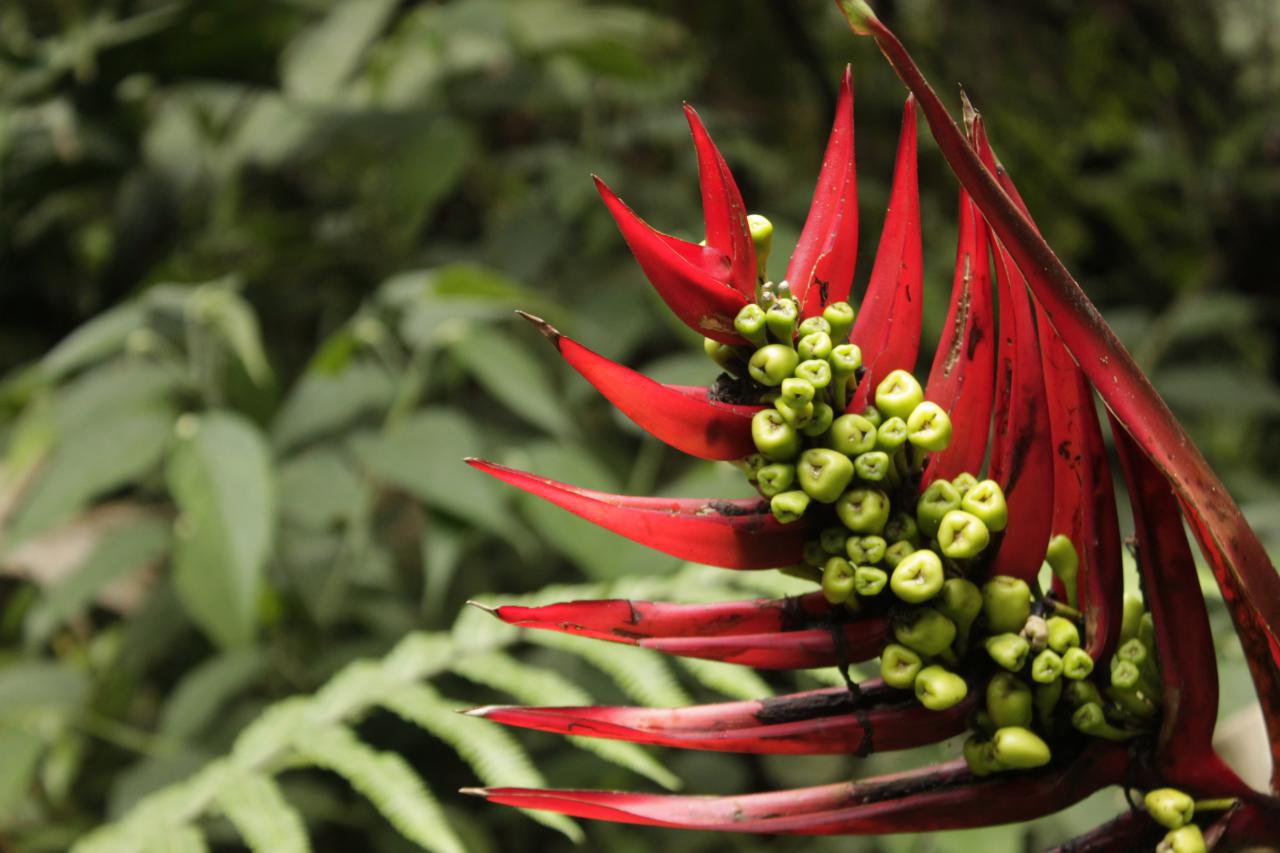Vegetation begins to feel excess atmospheric CO2
A publication in the journal Science last December, concluded that the fertilizing effect of the world’s plants and trees decreased by up to 50%, due to the lack of water and essential nutrients, as well as the saturation of carbon dioxide (CO2 ) in the atmosphere. Naturally, the world’s flora feeds on CO2, water and other nutrients, which are essential for its development.
If there is an increase in CO2, logic would say that the plants would have more food, and would grow more. But without water and other nutrients, which are produced through organic processes in the soils they inhabit, they cannot capture and process this gas effectively, according to Josep Peñuelas, co-director of the study.
In recent years, the planet’s trees and plants have captured a significant amount of CO2 from the Earth’s atmosphere, but their capture capacity has reached its limit. If this decreases, the climatic consequences will be considerable, since the carbon cycle will be affected.
The vegetation begins to become saturated with excess atmospheric CO2, and the change in the seasonality of the rains, the more constant droughts and the lack of nutrients such as nitrogen and phosphorus in the plants, makes the implementation of urgent policies to reduce emissions of greenhouse gases is more necessary than a few years ago.
“This has very important climate implications that must be taken into account in possible global climate change mitigation strategies and policies. The capacity of nature to sequester carbon is diminishing and with it the dependence of society on future strategies to curb greenhouse gas emissions is increasing, ”Peñuelas warned.
